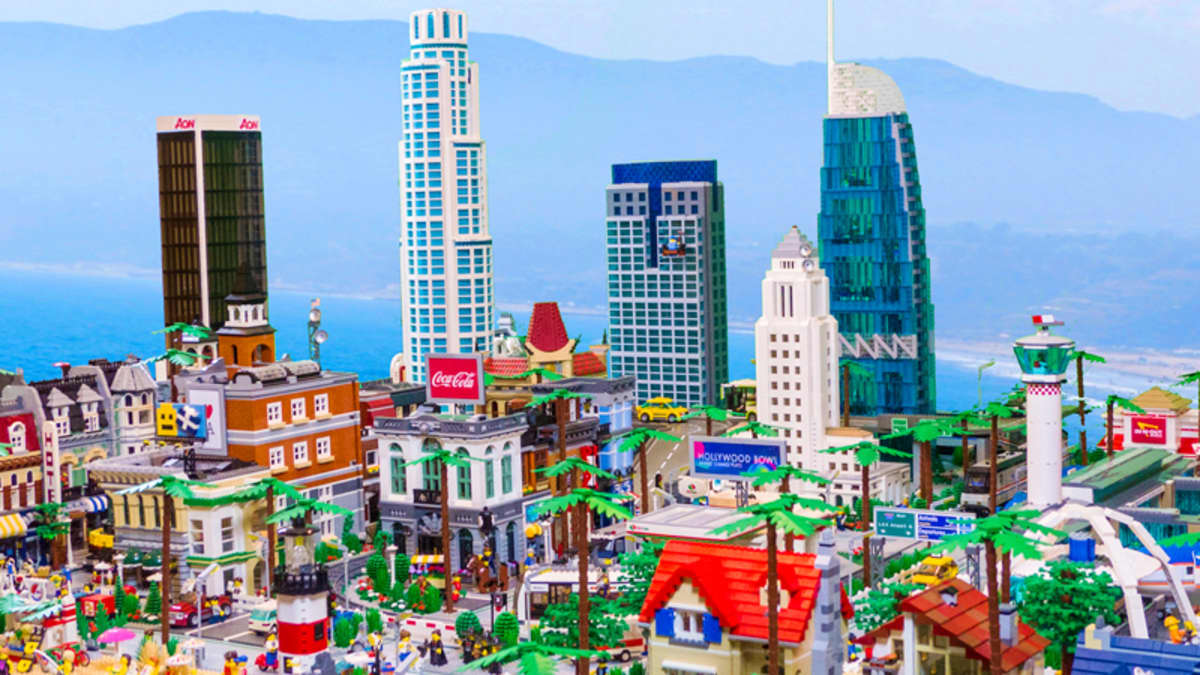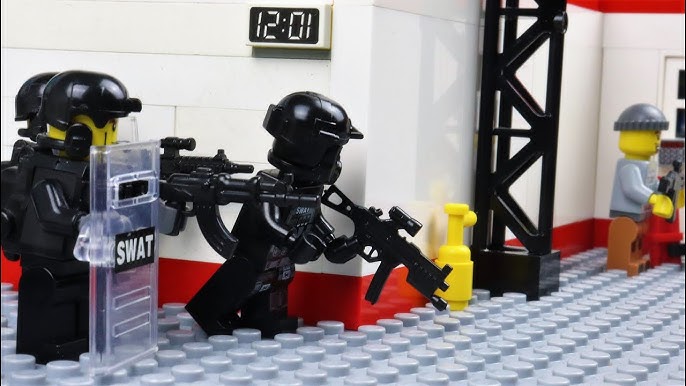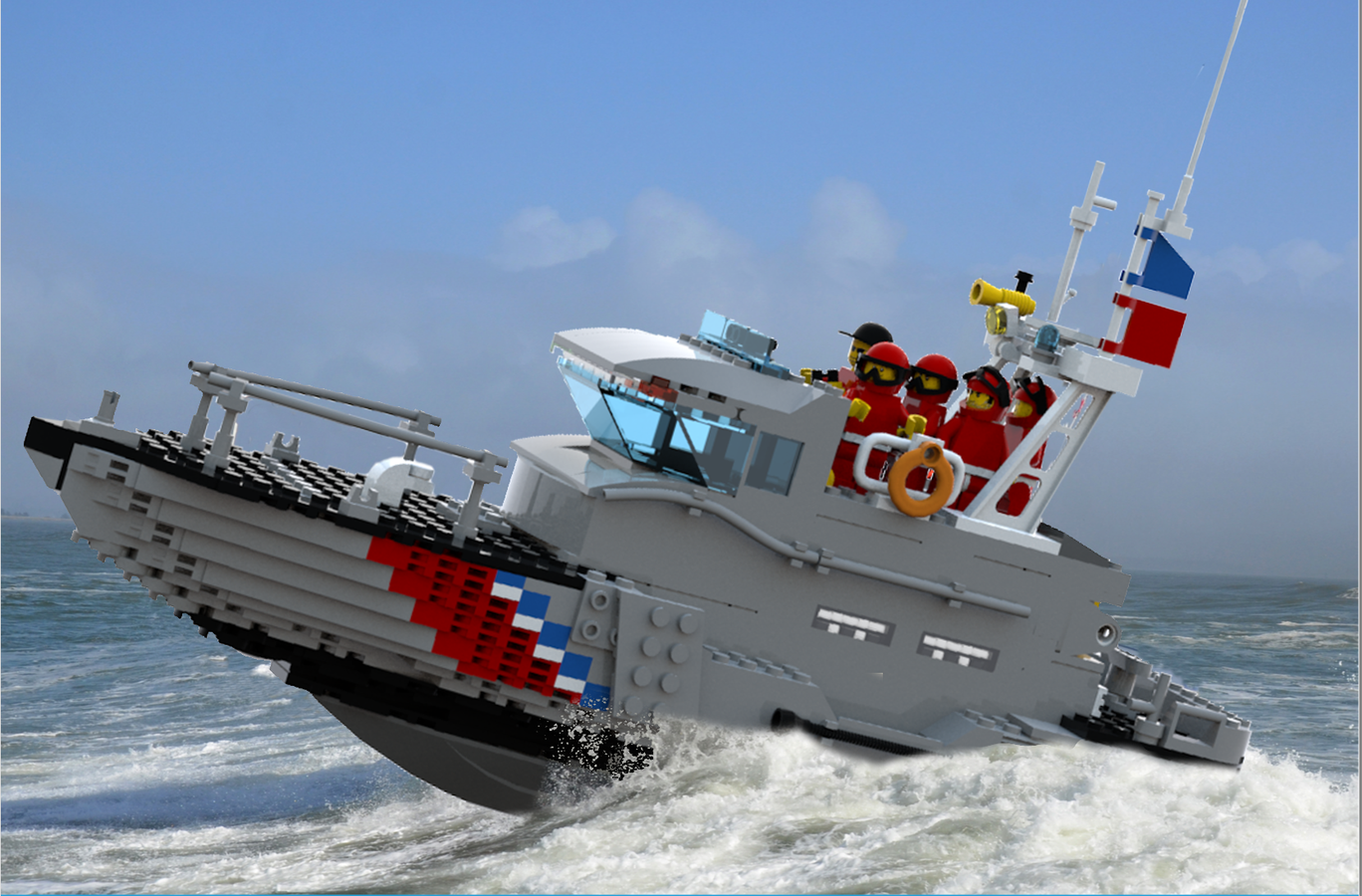- Joined
- Jan 17, 2010
- Messages
- 4,522
- Reaction score
- 5,483
Beth Warren
USA TODAY NETWORK
ANCHORAGE, Alaska ― The infamous Sinaloa Cartel, once headed by notorious kingpin "El Chapo," and others in Mexico are targeting Alaska with drug pipelines, driving up the overdose death toll.
It's difficult to reach much of the remote state, so there are fewer criminal networks competing for customers, but that means drug traffickers can triple or quadruple their price and net much larger profits.
"All the drug dealers are aware they can make more money selling drugs in Alaska," said James Klugman, head of federal criminal prosecutions for Alaska's U.S. Attorney's Office.
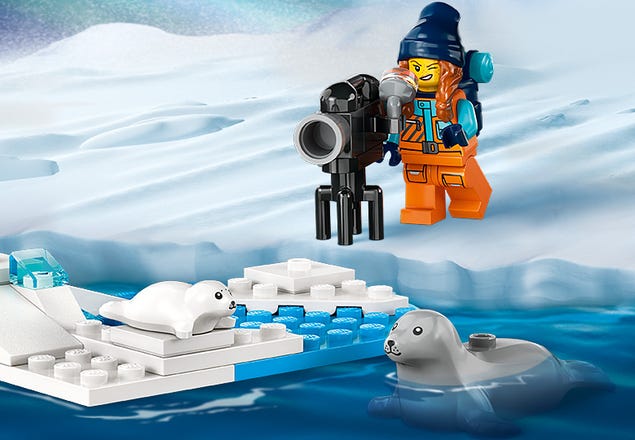
Deadly fentanyl and other illegal narcotics continue saturating the urban centers of Anchorage, as well as Juneau to the east and Fairbanks to the north. From those main hubs, shipments are dispersed far and wide, stretching from tiny islands off the southern coast all the way up to the Arctic region, according to state and federal police.
To the west, drugs have pummeled small villages in Bethel and Nome, known as the final stop on the historic Iditarod dog sled race.
"An amount of drugs that wouldn't even move the needle in big cities like Los Angeles or New York can completely change the life of an entire community in Alaska," Klugman said.
Drugs have spread to every corner of the state, even to villages of 50 people or less, said Brandon Waddle, assistant special agent in charge of the Federal Bureau of Investigation's field office in Anchorage.

"What keeps me up at night is the fact that fentanyl is killing our small, most vulnerable communities," he said. "The opioid crisis is attacking us, and we don't have enough personnel to effectively combat it."
Alaska suffered the nation's largest percent increase in overdose deaths in 2021, with a 75% spike from the previous year, adding to the nation's estimated death toll of nearly 107,000, according to the Centers for Disease Control and Prevention. The CDC reported Alaska's overdose death rate jumped in one year from 20.2 to 35.6 per 100,000 residents.
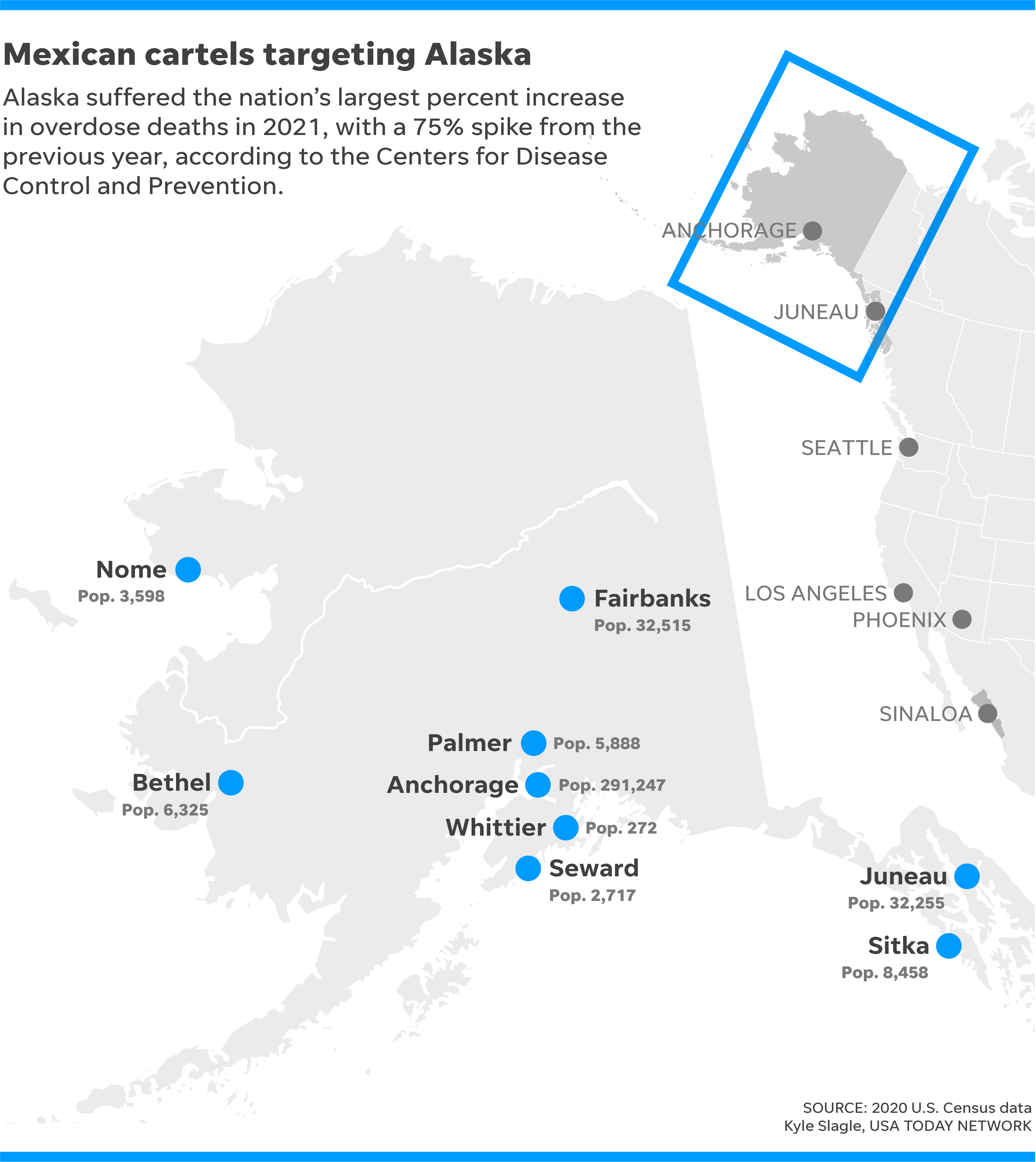
About 76% of the 253 fatal overdoses in Alaska in 2021 involved synthetic narcotics, including fentanyl, according to a report by the Governor's Advisory Council on Opioid Remediation.
The Louisville Courier Journal, part of the USA TODAY Network, reviewed several drug cases and spent nearly two weeks in parts of Alaska, talking with grieving parents, residents in addiction recovery, Alaska Native advocates, health officials, defense attorneys, as well as local, state and federal law enforcement.
Fishermen, hikers, hunters and cruise ship enthusiasts are drawn to the snow dusted mountains, the blue tinted glaciers, fjords, glassy glacier lakes and salmon-rich waters in the nation's largest state. But its vastness and landscape make it hard to patrol.
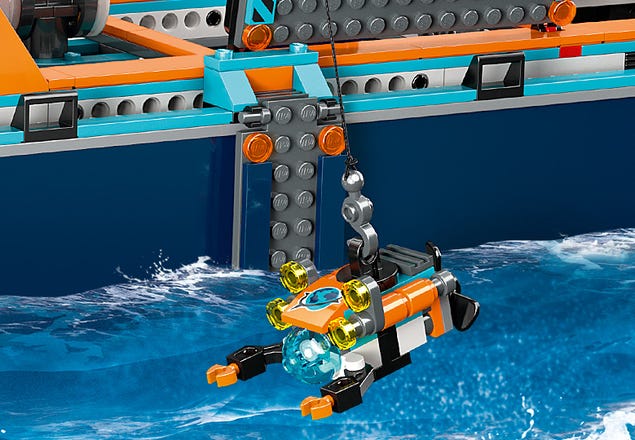
"The opioid crisis has hit hard, and it's hit close to me," said Cornelius Sims, a lieutenant with the Alaska State Troopers and supervisor of a statewide drug task force. "I have had family members become addicted. I have lost close friends.
"I've seen very vibrant, positive, outgoing individuals from good upbringings go from that to living on the streets homeless, doing whatever they can to survive."

During the past few years, fentanyl began to permeate Alaska, and many customers started seeking it out, Waddle said. In Alaska, and across the nation, it's now most commonly peddled in fake prescription pills that mimic the appearance of legitimate medication for pain or other conditions.
Alaska has about 734,000 residents spread out over a land mass that's two and a half times the size of Texas and larger than America's next three largest states ― Texas, California and Montana ― combined.
And there are hundreds of small villages only accessible by small planes. For many, snowmobiles replace cars during the winter. The further drug dealers have to travel, the more they charge.
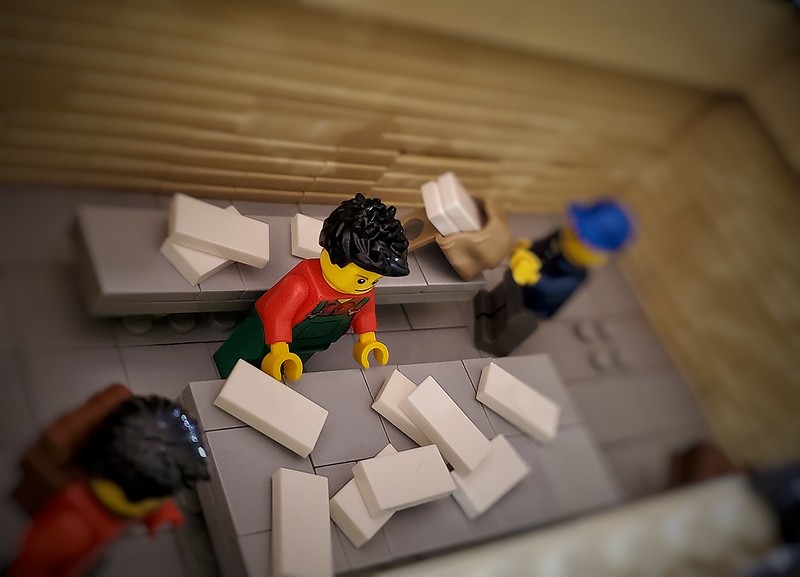
Traffickers have taken the extra steps needed to get their product to the tiny, out-of-the-way town of Whittier, 60 miles southeast of Anchorage and near the popular Portage Glacier. Most of Whittier's 270 residents live across from the harbor under one roof, in a 14-story pastel-colored building, also home to the police department, library, church, convenience store and post office. It previously served as an Army barracks.
It takes about 80 minutes to drive there from Anchorage on Seward Highway, as long as a moose doesn't wander into the road and stop traffic. But drivers have to plan their visit, paying a $13 toll to access the tunnel leading into town and waiting until half past each hour for a turn using the one-lane tunnel. You can leave the city only at the top of each hour, because tunnel traffic alternates directions and is shared by cars and a passenger train.
The extra effort exemplifies the determination of greedy drug dealers.
A Mexican trafficker established a drug network several years ago in Girdwood, a small town between Whittier and Anchorage that's known for its posh ski resort and tram. Jorge Cardenas and his crew blanketed the area with meth and introduced customers to fentanyl. Since drug trends in Alaska tend to lag behind the Lower 48, or contiguous U.S., by a few years, police say this was one of the first cases of its kind in Alaska.
Cardenas admitted creating what he called "gunpowder heroin" by lacing heroin with fentanyl, now the top drug killing Americans. He took advantage of customers who didn't realize the dangers of fentanyl, and his network expanded to Juneau and Anchorage. While searching his family's home, agents found a shrine to Jesús Malverde, known as the "Patron Saint of Drug Dealers" or the "narco saint."

USA TODAY NETWORK
ANCHORAGE, Alaska ― The infamous Sinaloa Cartel, once headed by notorious kingpin "El Chapo," and others in Mexico are targeting Alaska with drug pipelines, driving up the overdose death toll.
It's difficult to reach much of the remote state, so there are fewer criminal networks competing for customers, but that means drug traffickers can triple or quadruple their price and net much larger profits.
"All the drug dealers are aware they can make more money selling drugs in Alaska," said James Klugman, head of federal criminal prosecutions for Alaska's U.S. Attorney's Office.

Deadly fentanyl and other illegal narcotics continue saturating the urban centers of Anchorage, as well as Juneau to the east and Fairbanks to the north. From those main hubs, shipments are dispersed far and wide, stretching from tiny islands off the southern coast all the way up to the Arctic region, according to state and federal police.
To the west, drugs have pummeled small villages in Bethel and Nome, known as the final stop on the historic Iditarod dog sled race.
"An amount of drugs that wouldn't even move the needle in big cities like Los Angeles or New York can completely change the life of an entire community in Alaska," Klugman said.
Drugs have spread to every corner of the state, even to villages of 50 people or less, said Brandon Waddle, assistant special agent in charge of the Federal Bureau of Investigation's field office in Anchorage.

"What keeps me up at night is the fact that fentanyl is killing our small, most vulnerable communities," he said. "The opioid crisis is attacking us, and we don't have enough personnel to effectively combat it."
Alaska suffered the nation's largest percent increase in overdose deaths in 2021, with a 75% spike from the previous year, adding to the nation's estimated death toll of nearly 107,000, according to the Centers for Disease Control and Prevention. The CDC reported Alaska's overdose death rate jumped in one year from 20.2 to 35.6 per 100,000 residents.

About 76% of the 253 fatal overdoses in Alaska in 2021 involved synthetic narcotics, including fentanyl, according to a report by the Governor's Advisory Council on Opioid Remediation.
The Louisville Courier Journal, part of the USA TODAY Network, reviewed several drug cases and spent nearly two weeks in parts of Alaska, talking with grieving parents, residents in addiction recovery, Alaska Native advocates, health officials, defense attorneys, as well as local, state and federal law enforcement.
Fishermen, hikers, hunters and cruise ship enthusiasts are drawn to the snow dusted mountains, the blue tinted glaciers, fjords, glassy glacier lakes and salmon-rich waters in the nation's largest state. But its vastness and landscape make it hard to patrol.

"The opioid crisis has hit hard, and it's hit close to me," said Cornelius Sims, a lieutenant with the Alaska State Troopers and supervisor of a statewide drug task force. "I have had family members become addicted. I have lost close friends.
"I've seen very vibrant, positive, outgoing individuals from good upbringings go from that to living on the streets homeless, doing whatever they can to survive."

During the past few years, fentanyl began to permeate Alaska, and many customers started seeking it out, Waddle said. In Alaska, and across the nation, it's now most commonly peddled in fake prescription pills that mimic the appearance of legitimate medication for pain or other conditions.
Alaska has about 734,000 residents spread out over a land mass that's two and a half times the size of Texas and larger than America's next three largest states ― Texas, California and Montana ― combined.
And there are hundreds of small villages only accessible by small planes. For many, snowmobiles replace cars during the winter. The further drug dealers have to travel, the more they charge.

Traffickers have taken the extra steps needed to get their product to the tiny, out-of-the-way town of Whittier, 60 miles southeast of Anchorage and near the popular Portage Glacier. Most of Whittier's 270 residents live across from the harbor under one roof, in a 14-story pastel-colored building, also home to the police department, library, church, convenience store and post office. It previously served as an Army barracks.
It takes about 80 minutes to drive there from Anchorage on Seward Highway, as long as a moose doesn't wander into the road and stop traffic. But drivers have to plan their visit, paying a $13 toll to access the tunnel leading into town and waiting until half past each hour for a turn using the one-lane tunnel. You can leave the city only at the top of each hour, because tunnel traffic alternates directions and is shared by cars and a passenger train.
The extra effort exemplifies the determination of greedy drug dealers.
A Mexican trafficker established a drug network several years ago in Girdwood, a small town between Whittier and Anchorage that's known for its posh ski resort and tram. Jorge Cardenas and his crew blanketed the area with meth and introduced customers to fentanyl. Since drug trends in Alaska tend to lag behind the Lower 48, or contiguous U.S., by a few years, police say this was one of the first cases of its kind in Alaska.
Cardenas admitted creating what he called "gunpowder heroin" by lacing heroin with fentanyl, now the top drug killing Americans. He took advantage of customers who didn't realize the dangers of fentanyl, and his network expanded to Juneau and Anchorage. While searching his family's home, agents found a shrine to Jesús Malverde, known as the "Patron Saint of Drug Dealers" or the "narco saint."



